Autumn Landscapes: Boring, or a Photographer’s Paradise?

The stores may be rushing towards Christmas, but nature knows what time it is: autumn. This can seem like a blah time. People are feeling sad, and it’s too warm for snowmen and too cold for the beach. But for photographers, it’s a different situation. With new light and new colors. Read on to find out what to photograph in autumn, and how.
Autumn can be a depressing time. But not for mountain climbers (I’m just saying) and—not for photographers. Autumn is remarkable in many ways. The cold weather makes for much better visibility, colors are more saturated, and the sun is higher, so shadows are longer. And so autumn is practically made for nature photography.
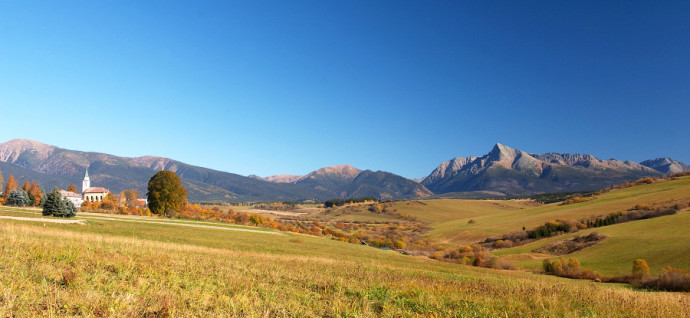
Colors, Colors, and More Colors
It’s no surprise to anyone that deciduous trees glisten colorfully in fall. For photographers, the question is: how do I use that? Green is a color that can both dominate pictures and impoverish them with its lack of personality, especially when there’s green grass with green leaves. This leads to rather monotonous pictures.
But in fall, leaves’ green color transforms into yellow, red, and brown. These colors are much livelier, and they can pleasantly bring life and a new atmosphere to photographs.
Photographs like these feel less every day and much more interesting. That’s why autumn is so attractive for landscape photographers.

Twenty Centimeters From the Ground
They say that photographing from the ground changes a picture—makes it special. And it really does. Few beginners are willing to really think about composition and experiment with it. But you’re better than that! Try crouching or even laying on the ground. You’ll get a much more interesting photo.
By bending down and taking a picture just slightly above the ground, you get a completely different perspective than when standing up. You give the photo much more depth, which nature photography practically demands. But you’re also giving it a more interesting composition, which makes it stand out from the rest.
What’s more, in falltime there are fallen leaves on the ground, which is something you should definitely take advantage of. You only get this chance during one season each year.
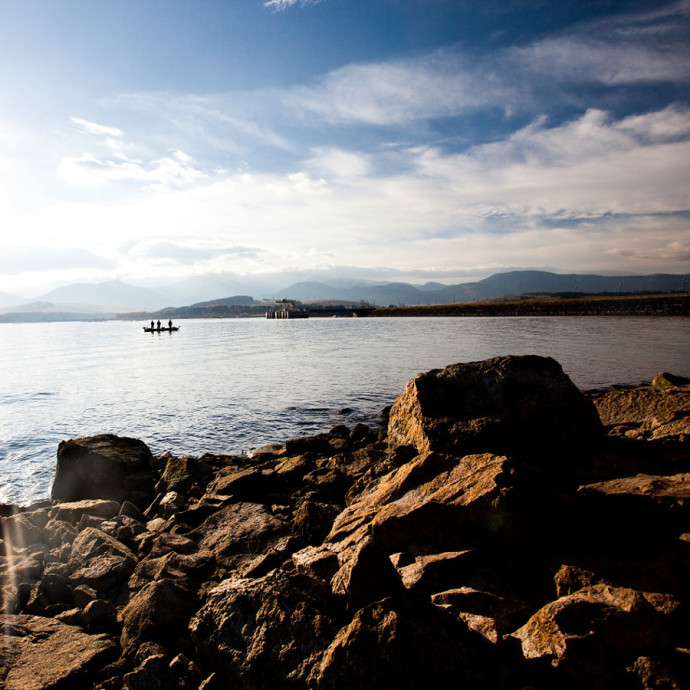
Fall and the City
Cities tend to be a bit more empty in fall than in summer. The gardens and terraces at pubs and cafés have closed due to the weather, and there are fewer people walking around outside. That makes it an ideal time for street and fashion photography.
People are wearing different clothing, too—more distinctive clothing. Street photographers are great fans of coats, which are just starting to appear at this time of year.
The frequent bleak weather also creates unusual scenes. And those are the moments that reportage photographers love… the moments when things are unusual and they can capture them.
Autumn: More Than Just Landscapes
Despite the bleak weather outside, it’s no problem to get out there and do portraiture, fashion, or anything else. Naturally, if you were planning a shot where your model is in light clothing, you’re going to have to be open to a change of plan. You don’t want your model catching a cold.
Thanks to the colorful countryside, you can let other things shine, such as autumn clothing. While this clothing is less provocative than summer clothes, it can be much more interesting. So don’t be afraid to use this season effectively.
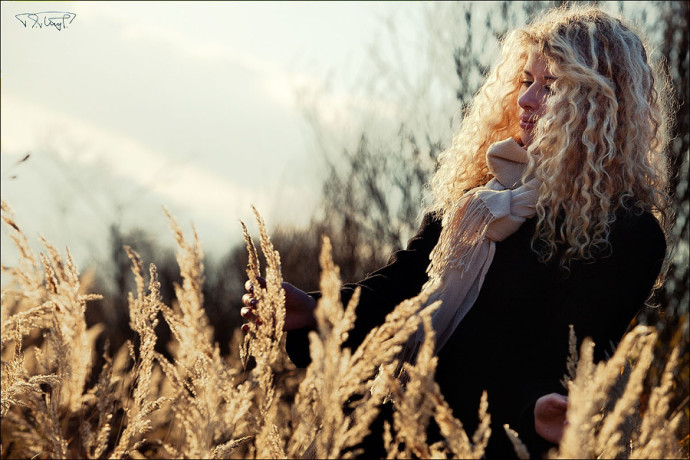
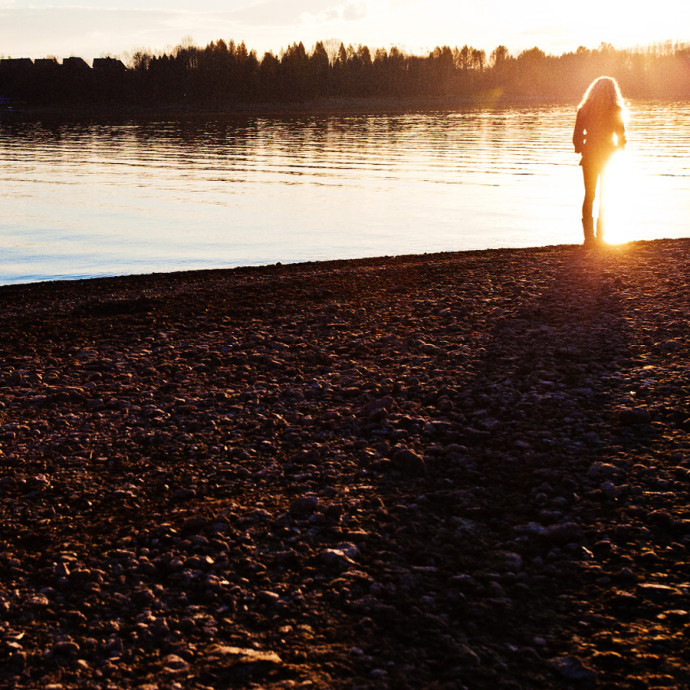
Product photographs are also very interesting in autumn. Yellow and brown stand out especially. The sun is weaker, so the colors in the photos are more interesting overall. The colorful surroundings can also improve the photo’s overall effect.
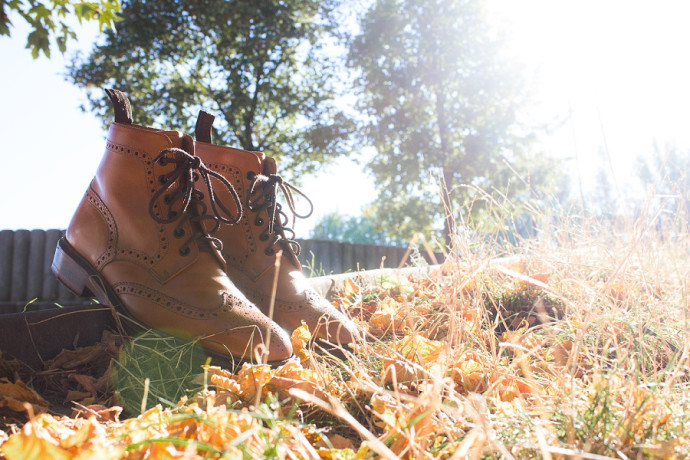
Don’t Sit Around—Capture the Beauty of Fall
So don’t just sit at home. Pull out your camera and head out into the country, onto the streets, or just on a walk. Try photographing new styles. Maybe one of them will turn out to be your new hobby! Everything looks a little different in autumn.

Bob Dunckel
love what you people have to offer, have used youre system a bit and feel it is a little over my head. At this point, but plan on spending more time with it.
Keep up the good work!
Bob
Zoner
Thanks Bob! If you need anything, just write us to support@zoner.com, we’ll be happy to help.
Joseph Vetri
I’m 91 years old, and have always had Nikon cameras,except once-I had a leica. The colors in most professional landscape photos are unbelievable. they always look unreal! The colors are always intensified to and the result are unbelievable shots. There must be special filters used to intensify the colors. plus a lot of work in editing the photos ensue. We are not told how to create our landscape pics to achieve these results.
Zoner
Hello Joseph, thanks for your comment. I think these articles may interest you:
– Something about the editing of landscape photos: https://learn.zoner.com/5-classic-edits-to-liven-up-landscape-photos/
– Some landscape photography basics: https://learn.zoner.com/tips-for-landscape-photography/
– An article about polarizing filters: https://learn.zoner.com/learn-to-use-a-polarizing-filter/
We are also working on a quite interesting article about the (un)necessary equipment for shooting landscapes. Stay put, subscribe to our newsletter, or like our Facebook page and we’re sure it will come to you soon.